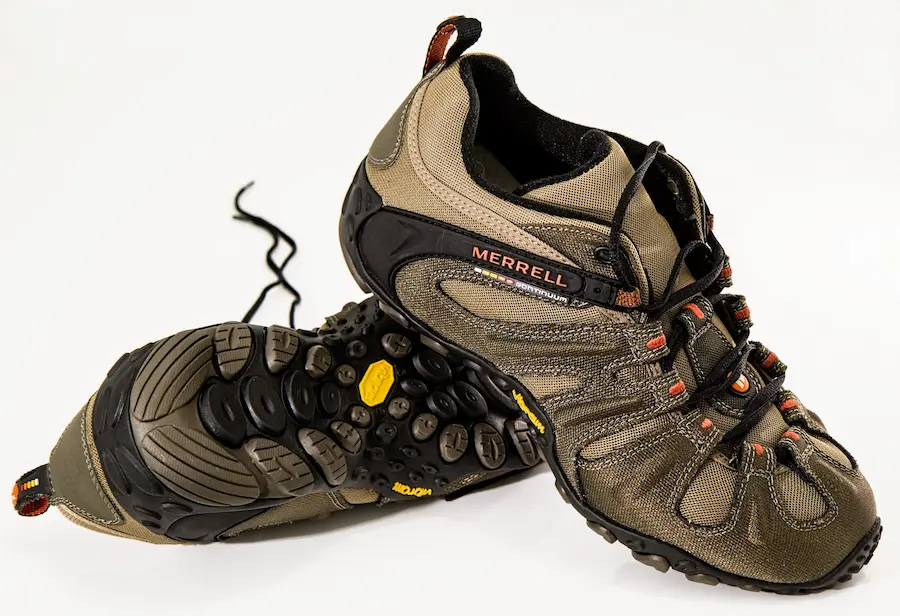Large boots are no longer the popular choice for hiking shoes as light-weight footwear is hiking shoes or even softer, speedier path runners. When carrying a heavy pack or navigating uneven hikes, you do lose some mortise joint support, but for many people, the load savings and airy feel are worth it. Nothing is more important to have trust in when getting ready for a hike than our feet. After all, if they weren’t there, we probably wouldn’t suffer as much.
While it would be easy to believe that any hiking shoes will work, choosing the right pair might mean the difference between finishing your journey and having to turn back because of blisters. For those who enjoy being outside, choosing hiking shoes intelligently is essential. The pair of excellent hiking shoes will last you for many years. Let’s look at how to choose the best pair of hiking shoes.
What Are the key considerations while choosing hiking shoes?
- Hiking shoes need to safeguard your feet. This guarantees that the elements won’t cut or harm your feet.
- They need to feel at ease. You shouldn’t get blisters when using them.
- Hiking shoes need to be compact. When you trek, you’ll take hundreds of steps. Each ounce you save by not having to raise your feet allows you to hike further.
- Remember to wear good socks and buy a pair of durable, quick-drying wool socks. I’ve also worn waterproof socks, and they perform well when the weather is sloppy and damp.
What Makes a Shoe sensible For Hiking?
- The most important aspect of every hiking shoe is fit: work. Even the most luxurious shoes won’t make you feel reasonable if you’re getting blisters every hour. Your first step should be to choose a suitable shoe size, but you should also consider if you have notably broad or narrow feet.
- Comfort is important since hiking shoes are designed to be worn all day. Correct craftsmanship goes a long way toward producing comfortable hiking shoes, but you’ll also need to consider how much padding is in your hiking shoes. While the speedy and light folk or those sticking to well-maintained trails would typically go without additional cushion, hikers carrying bigger loads or traversing rough terrain might greatly benefit from it.
- Weight is one of the most recent developments in fashionable hiking gear, and as a general rule, you want the lightweight hiking shoes you can find. Lighter hiking shoes reduce fatigue and provide a more “shoelike” sensation, but frequently at the expense of protection, stability, and durability.
- While hiking shoes don’t always need to be waterproof, some hikers choose hiking shoes with a water-resistant membrane to keep their feet dry in rain or while walking in shallow water. Although it often costs quite a bit for a proprietary (brand-specific) waterproofing treatment, GORE-TEX is still the industry standard for waterproof breathability. Just remember that once water gets into waterproof hiking shoes, they tend to run hotter and require longer to dry than non-waterproof ones.
Types of Hiking Shoes
Hiking shoes Low-cut styles with flexibility filling the gap are great for day hikes. For lengthy treks, some lightweight travelers may even opt for trail running footwear.
Shoes designed for day hikes and brief hiking trips with light packs range from mid-cut to high-cut versions. Although they frequently bend easily and need little break-in time, they lack the durability and support of robust trekking hiking shoes.
Boots for backpacking are made to support greater weights on multiday excursions into the bush. For superb support, the majority feature a high cut that wraps just above the ankles. They are appropriate for on- or off-trail travel since they are sturdy, supportive, and have firmer Vibram soles than lighter footwear.
How to fit your Hiking Shoes?
- Good hiking shoes should be comfortable everywhere but tight elsewhere, and they should allow for toe wiggle. Try them on with the socks you want to wear after your feet have swollen for the day.
- Understand your size. The ideal method is to properly calibrated fit equipment to measure the length, breadth, and arch length of your foot. Another aspect of a proper fit is foot volume, which has to be measured by a retail expert.
- Just at end of the day, try on some hiking shoes. Your feet will be the biggest during the day’s activities since they typically swell a little. This enables you to avoid purchasing too-small footwear.
- Bring your orthotics if you use them. They affect how a hiking shoe fits. Spend a while wearing the hiking shoes. Visit the store and take a look around. Stairs should be traversed. Walk on an incline if you can find one.
- Fit concerns to discuss with your footwear expert: You shouldn’t experience any strange seams, lumps, or pressing in the forefoot, nor should your toes run into the end of the hiking shoes when walking uphill. When the hiking shoes are tightly lashed yet there is still room over the top of your foot, the volume of the hiking shoes is incorrect.
- Use a brand you’ve worn in the past as a guide while buying online. Since most hiking shoe manufacturers frequently employ the same foot model across time, the fit is probably comparable.
Top-Rated Hiking Shoes Overall
Merrell Moab Adventure Lace Waterproof Hiking Shoe
- Brand: Merrel
- Fabric Type: 100% Nubuck Leather/Mesh
- Price: $68.05 – $211.74
- Customer Reviews: 4.4/5
Merrell Moab Adventure Lace Hiking Shoe
- Brand: Merrel
- Fabric Type: Nubuck Leather/Mesh
- Price: $54.84 – $204.4
- Customer Reviews: 4.4/5
Skechers Element-sem ego Waterproof Hiker Lo Hiking Shoe
- Brand: Skechers
- Fabric Type: 100% Leather
- Price: $75.71 – $144.00
- Customer Reviews: 4.3/5
KEEN Targhee 3 Oxford Casual Hiking Shoe
- Brand: KEEN
- Fabric Type:100% Textile and Synthetic
- Price: $89.93 – $235.87
- Customer Reviews: 4.5/5
Vasque Breeze Wt GTX Hiking Shoe
- Brand: Vasque
- Fabric Type: Rubber
- Price: $199.95 – $219.99
- Customer Reviews: 4.0/5
Conclusion
When choosing hiking shoes, you should look for one that is comfortable, somewhat light, and designed to withstand the circumstances in which you will likely be performing most of your wandering. However, there is no magic solution and no one model fits everyone. When choosing the right hiking shoes for you, you should take into account your foot type, injury history, pack, and weight, as well as the requirements of the environment in which you will be trekking. Even the most attractive hiking shoes won’t do you any good if you get blisters after an hour of wearing them. You may select from a variety of hiking shoe options based on your preferences.


